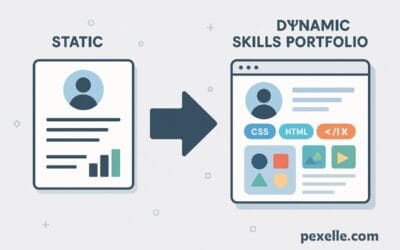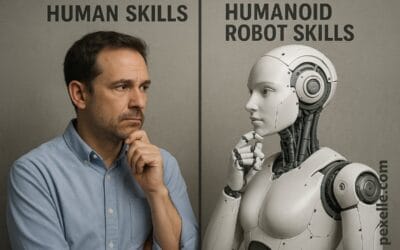How Artificial Intelligence Can Accelerate the Rate of Change in Traditional Systems

Introduction
Artificial Intelligence (AI) is revolutionizing nearly every industry and reshaping traditional systems. Traditional systems, which are often structured, hierarchical, and based on well-established methods, are now facing the pressure to adapt rapidly to new technologies and changing environments. AI, with its capacity to process large amounts of data, automate tasks, and make intelligent decisions, has the potential to accelerate the pace of transformation in these systems.
In this article, we will explore how AI can drive faster changes in traditional systems and what impact it might have.
1. Automation and Efficiency
One of the key strengths of AI is its ability to automate processes that were once manual and time-consuming. In traditional systems, tasks such as data entry, report generation, and decision-making often required human intervention. AI can automate these processes, reducing human error, improving consistency, and freeing up time for employees to focus on more strategic tasks.
For instance, AI-driven robots in manufacturing have already begun replacing humans in certain repetitive roles, such as assembly line work. This change increases productivity and accelerates the overall pace of production. By implementing AI in these traditional settings, companies can reduce operational inefficiencies, leading to faster decision-making and quicker adaptation to market demands.
2. Data-Driven Decision Making
Traditional systems often rely on established procedures and historical data to make decisions. However, these systems can sometimes be slow to adapt to new trends or unexpected events. AI has the ability to analyze vast amounts of data in real time, recognizing patterns and making predictions faster and more accurately than humans.
For example, in the financial sector, AI algorithms are already being used to predict market movements and adjust investment portfolios accordingly. AI’s ability to process large volumes of data and make predictions quickly allows organizations to respond to changes in the market much faster than traditional methods. This ability to process real-time data will help traditional systems become more agile and responsive to change.
3. Personalization and Customer Experience
Traditional systems often take a one-size-fits-all approach to customer service and engagement. However, AI can help organizations offer highly personalized experiences that meet individual customer needs. By using data from various touchpoints, such as browsing habits and purchase history, AI can tailor recommendations and communications to each customer, significantly enhancing their experience.
Retail giants like Amazon and Netflix are already using AI to suggest products and content based on users’ past behavior. This personalized approach not only boosts customer satisfaction but also drives sales. As AI continues to improve, it will allow traditional companies to offer more dynamic and customized products, accelerating their ability to meet changing consumer expectations.
4. Predictive Analytics and Proactive Management
AI can enhance predictive analytics, helping organizations foresee potential challenges and opportunities before they arise. Traditional systems tend to be reactive, responding to issues as they emerge. In contrast, AI allows systems to predict and address problems proactively.
For example, in supply chain management, AI can analyze patterns and predict disruptions in the supply chain due to factors like weather, demand spikes, or geopolitical events. By anticipating these challenges, businesses can take corrective actions before a problem escalates, leading to smoother operations and less downtime.
5. Fostering Innovation
Traditional systems, due to their established nature, often prioritize stability and risk aversion. While this approach has its merits, it can limit the potential for innovation. AI, on the other hand, encourages a culture of experimentation, adaptability, and continuous improvement.
AI-powered tools and technologies provide organizations with the resources to explore new avenues and solutions. From drug discovery in healthcare to creating new business models in finance, AI allows for faster prototyping, testing, and deployment. As companies incorporate AI into their operations, they are likely to see a faster rate of innovation, which in turn accelerates the overall pace of change within traditional systems.
6. AI-Driven Collaboration
Traditional systems often rely on a limited set of resources, which can restrict the speed of collaboration and growth. With AI tools, collaboration across different industries, countries, and sectors can be significantly enhanced. AI systems can assist in knowledge-sharing, decision-making, and even automate collaborative processes.
By using AI-driven collaboration tools, teams can work faster, communicate more effectively, and innovate with fewer barriers. AI can help in real-time translation, project management, and data sharing across organizational boundaries, enhancing productivity and speeding up the pace of change.
Conclusion
AI holds immense potential to accelerate the rate of changes in traditional systems by automating processes, enhancing data-driven decision-making, improving customer experiences, enabling proactive management, fostering innovation, and promoting collaboration. As traditional systems increasingly incorporate AI technologies, we can expect a dramatic shift in how industries function, leading to faster adaptation, greater efficiency, and more innovative solutions to complex problems.
The future is AI-powered, and as businesses and organizations continue to embrace this transformative technology, the speed at which traditional systems evolve will only increase, reshaping industries in ways we could have never imagined before.
Source : Medium.com




